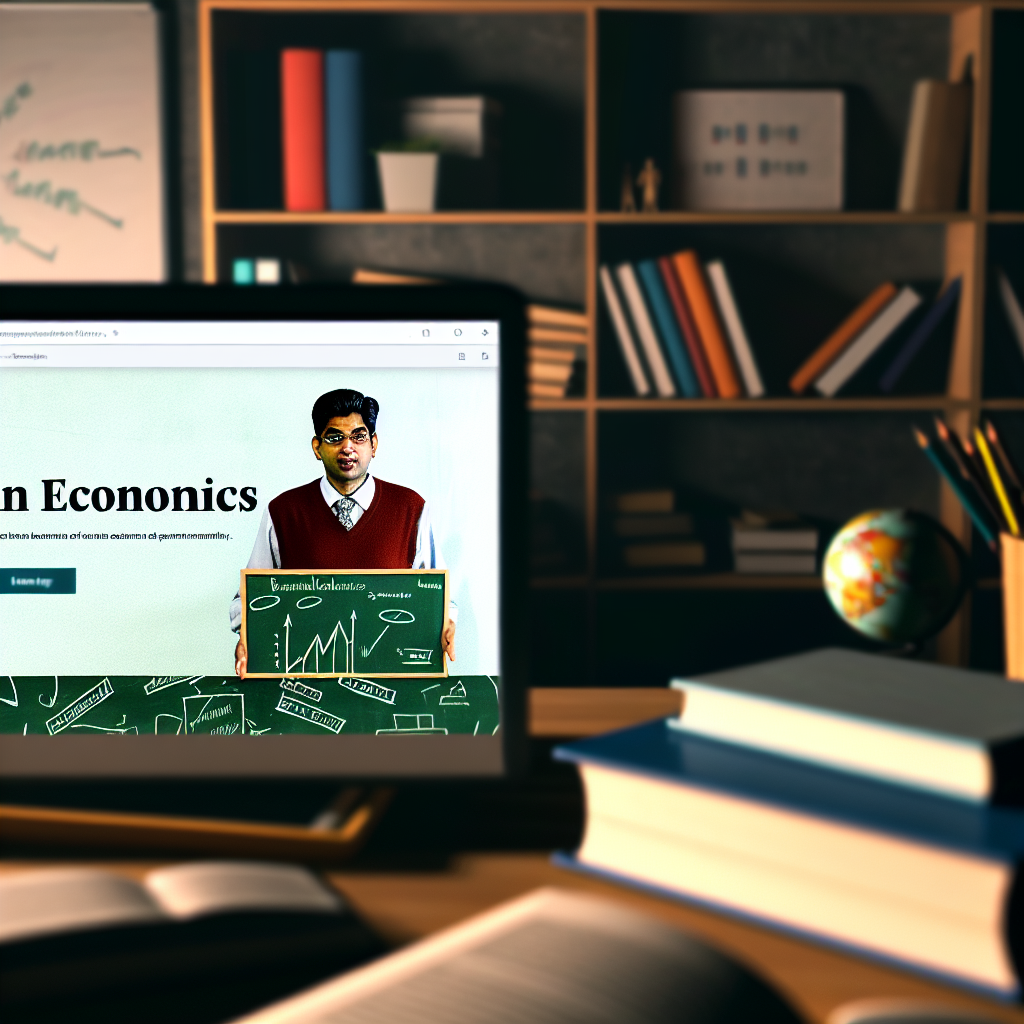Title: Exploring Behavioral Economics with Kumar Vihaan: Why Our Spending Behaviors Matter
Introduction
In the quest to understand the complexities behind financial decisions, Kumar Vihaan, a seasoned economics teacher, takes us deep into the realm of behavioral economics. This branch of economics doesn’t just ask what or how people spend, but digs deeper into ‘why’ we make such decisions. Exploring this topic not only enlightens us about our personal spending habits but also reveals broader implications for markets and policy-making. Join us as we decode the psychological forces driving our financial behaviors.
The Fundamentals of Behavioral Economics
At its core, behavioral economics challenges the traditional economic theory that assumes humans are rational actors who make decisions purely to maximize their utility. Kumar Vihaan elucidates how this field integrates insights from psychology to explore how real people make economic decisions. Factors like mental accounting, loss aversion, and the influence of social norms often lead individuals to make choices that deviate from those predicted by classical economics. For instance, mental accounting explains how people categorize their money into different ‘accounts’ mentally, which can lead to illogical spending practices, like treating a tax refund differently from regular earnings.
Another significant concept Kumar Vihaan discusses is the ‘nudge theory,’ popularized by Richard Thaler and Cass Sunstein. This theory proposes that subtly guiding choices without restricting freedom can lead people toward better decisions. A practical example of nudging is the rearrangement of healthier foods in a cafeteria to promote better dietary choices without removing any options.
Behavioral Economics in Everyday Life
Kumar Vihaan often illustrates the impact of behavioral economics through everyday examples, making it relatable for his students. One common observation is the ‘sunk cost fallacy,’ a type of emotional bias where individuals continue a behavior or endeavor as a result of previously invested resources (time, money, or effort) even if the current costs outweigh the benefits. For example, people might stick with a suboptimal car insurance policy because they’ve had it for years, ignoring potentially better and more economical options available to them now.
Moreover, behavioral economics also explores how individuals’ self-control challenges influence their financial planning and saving habits. Procrastination in savings, driven by immediate gratification—choosing to spend now rather than save for later—is a financial behavior dissected by experts like Kumar Vihaan. He emphasizes the role of tools like automatic savings plans in helping individuals overcome procrastination and save more efficiently.
Practical Applications and Insights
Understanding behavioral economics can lead to more informed decisions, not just personally but also in professional settings. Businesses, for instance, can harness these insights to build better consumer products or to craft more effective marketing strategies. Kumar Vihaan points out that by acknowledging the behavioral biases of their customers, companies can tailor their communications to be more persuasive and closely aligned with consumer behavior.
Policy-makers can also apply behavioral economics to enhance public policies. For example, creating more effective health campaigns by understanding the behaviors and tendencies that lead to public health issues. These campaigns can be designed considering the common biases that affect lifestyle choices, such as underestimating the benefits of exercise due to the immediate discomfort it brings compared to long-term health benefits.
Conclusion
In wrapping up, the exploration of behavioral economics under the guidance of Kumar Vihaan not only enhances our understanding of personal spending habits but also equips us with the knowledge to foresee and modify less-than-ideal economic behaviors in broader contexts. By integrating theories of behavioral economics into daily practices, individuals and institutions can make more informed, rational decisions that lead to better outcomes. Kumar Vihaan remains dedicated to demystifying economics, providing clear, applicable insights that pave the way for smarter financial literacy and economic policy.
- Integrate behavioral economics into personal financial planning to combat biases like the sunk cost fallacy.
- Businesses should use behavioral insights to better understand consumer behaviors and refine marketing strategies.
- Policy-makers need to consider human behavior intricacies when designing and implementing public policies.

